Casual dining has become an integral part of modern Australian life, with over 40% of household food dollars, or $115 per week, spent on dining out. This trend benefits the food service providers in casual dining, who need a supply of quality ingredients and are receptive to new menu ideas. This combination has elevated casual dining menus, increasingly influencing home-cooked meals. This occurs when restaurants introduce innovative dishes with vegetables like Brussels Sprouts, encouraging patrons to try them at home.
With the increased scale of casual dining, restaurant menus now have a greater influence on food consumers and, consequently, on the demand for products through retail. These extensions have been proven, with an iconic example when McDonald’s in Australia included dill pickles in its burgers in 1971, elevating that product into a successful retail product. Australian casual dining options are diverse and the options for introducing new products to menus from different cuisines are greater.
Work is required to set up this sort of influence pathway, with the first stage being a clear plan for how the menu additions can link to the retail offer. The supply lines for food service need to be defined and a group of restaurants identified. However, the scale required to trial and validate is manageable and far less than a retail product launch.

Stay ahead of the latest trends and insights in the fruit and vegetable supply chain—subscribe to our weekly newsletter today.

